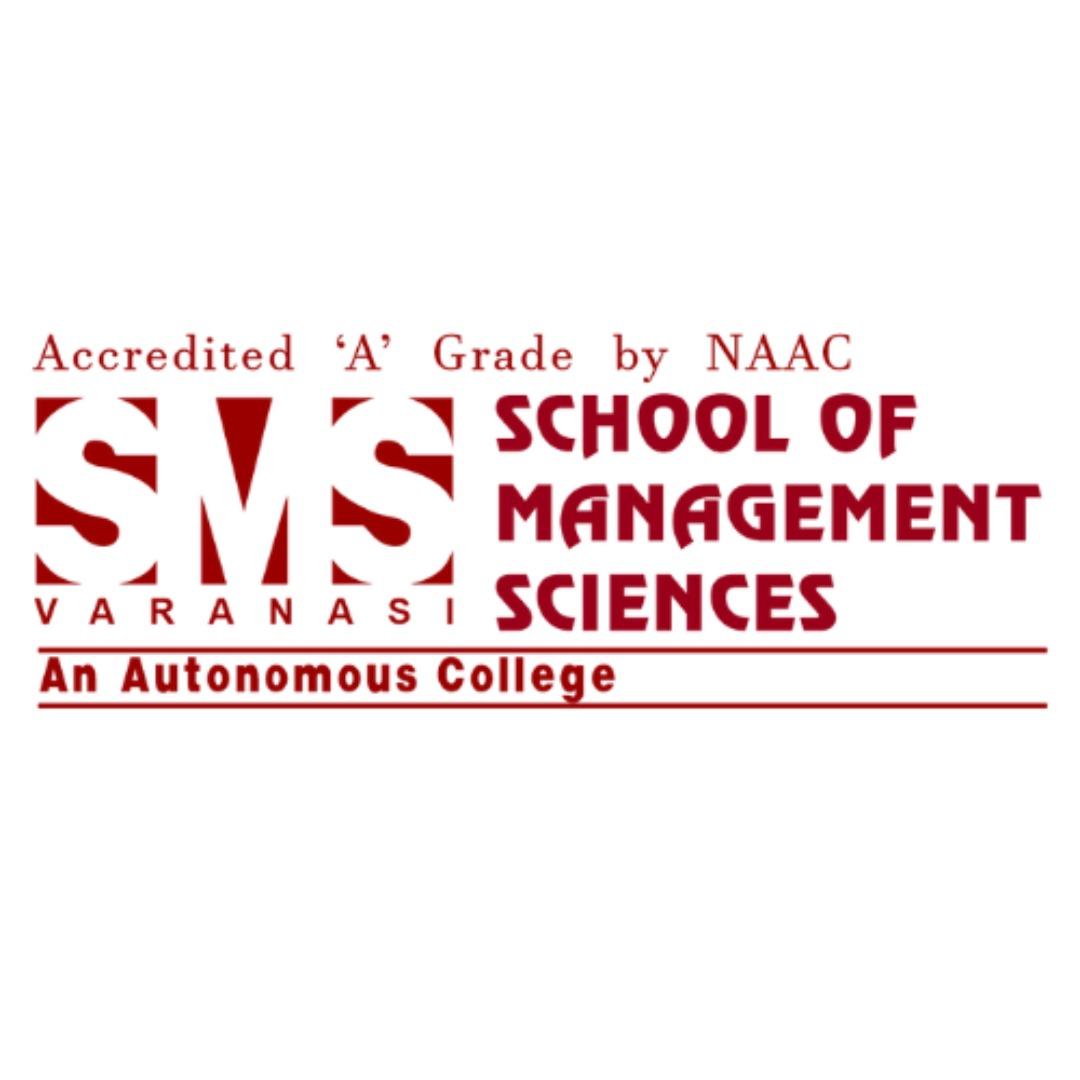Lead Generation for Education: Strategies to Attract, Engage, and Convert Students

In today's hyper-competitive education landscape, attracting the right students is more challenging than ever. Traditional marketing strategies are no longer enough. Institutions—from universities and colleges to edtech startups—must adopt smarter, more personalized approaches. That’s where lead generation for education comes in. This powerful strategy helps schools connect with prospective students at the right time, with the right message, using the right platforms.
In this blog, we’ll explore the importance of lead generation in the education sector, strategies to implement it effectively, tools to use, and tips to boost student conversion rates.
What Is Lead Generation for Education?
Lead generation for education is the process of identifying and attracting individuals—students, parents, or working professionals—who are interested in your academic offerings and nurturing them until they are ready to enroll. It involves capturing contact information through various digital and offline channels and engaging with these potential students through personalized content and timely follow-ups.
This strategy is essential for:
-
Schools and colleges looking to increase enrollments
-
Online course providers and edtech platforms
-
Coaching institutes and training centers
-
International admission consultants
Why Lead Generation Matters in Education
The education sector is witnessing a shift from passive promotion to active recruitment. Institutions can no longer rely solely on brand name or walk-in traffic. With competition intensifying and students becoming more selective, lead generation for education helps institutions:
-
Build a qualified database of potential students
-
Segment leads based on interests, courses, and demographics
-
Improve communication and personalization
-
Track and measure campaign effectiveness
-
Increase enrollment rates through targeted nurturing
Without a structured lead generation strategy, institutions risk losing high-potential students to more proactive competitors.
Top Strategies for Lead Generation in Education
1. Optimize Your Website for Conversion
Your website is the digital face of your institution. Make it conversion-friendly by:
-
Adding lead capture forms on high-traffic pages
-
Creating dedicated landing pages for each course/program
-
Including strong call-to-actions (CTAs)
-
Offering downloadable brochures, syllabi, or guides in exchange for contact info
2. Invest in Search Engine Marketing (SEM) and SEO
Most students begin their search for educational options online. Improve your visibility by:
-
Running Google Ads for high-converting keywords like “MBA colleges in Delhi” or “Best data science course online”
-
Implementing SEO best practices to rank organically on search engines
3. Leverage Social Media Campaigns
Platforms like Facebook, Instagram, LinkedIn, and YouTube are powerful for engaging students and parents. Use them to:
-
Run targeted ad campaigns
-
Share student testimonials and alumni stories
-
Host webinars and live Q&A sessions
-
Promote events like virtual campus tours or entrance exam dates
4. Content Marketing and Blogging
Educate your audience with blogs, articles, and videos that address their questions and concerns. Topics could include:
-
“Top 10 Questions to Ask Before Choosing a College”
-
“How to Prepare for NEET/JEE/SAT”
-
“Career Opportunities After MBA in Finance”
This not only drives traffic but also builds trust and authority in your niche.
5. Email Marketing and Drip Campaigns
Use email automation tools to send personalized messages to leads based on their stage in the enrollment funnel. For instance:
-
Welcome emails for new inquiries
-
Course-specific follow-ups
-
Deadline reminders
-
Alumni success stories
Email drip campaigns help keep your institution top of mind throughout the decision-making process.
6. Run Webinars and Virtual Events
Interactive webinars and virtual open houses can be highly effective. They allow prospective students to:
-
Interact with faculty
-
Understand curriculum details
-
Ask real-time questions
Ensure participants register using a form to capture their details—another lead for your CRM.
7. Use Lead Magnets
Offer something of value in exchange for contact information. Examples:
-
Free e-books (e.g., "How to Choose the Right Career Path")
-
Scholarship eligibility quizzes
-
Free trial classes or demo sessions
This builds your lead list while offering genuine value to the student.
Tools for Lead Generation in Education
To implement a robust lead generation system, consider using:
-
CRM Software (e.g., Zoho CRM, Salesforce, HubSpot) – for managing leads and tracking communication
-
Marketing Automation (e.g., Mailchimp, ActiveCampaign) – for email nurturing and drip campaigns
-
Landing Page Builders (e.g., Unbounce, Leadpages) – to create targeted landing pages
-
Analytics Tools (e.g., Google Analytics, Hotjar) – to track user behavior and improve conversions
Best Practices for Success
-
Respond Quickly: Follow up within 24 hours of receiving a lead. Delay can result in loss of interest or enrollment elsewhere.
-
Segment Leads: Use filters like location, interest, and age group to tailor communication and improve results.
-
Train Counselors: Your admissions team should be well-trained in handling inquiries and closing leads effectively.
-
Test and Optimize: A/B test your ads, emails, and landing pages regularly to find what works best.
Common Mistakes to Avoid
-
Ignoring mobile optimization – most students use smartphones to browse
-
Using generic, one-size-fits-all messaging
-
Not tracking lead sources (where did the lead come from?)
-
Overlooking data privacy and compliance (e.g., GDPR, consent-based marketing)
Final Thoughts
Lead generation for education is not just about filling inquiry forms—it’s about understanding the student journey, addressing their needs, and guiding them toward informed decisions. Whether you’re a large university or a growing edtech startup, a well-structured lead generation strategy is your key to scaling enrollments and building a strong student community.
By combining digital tools, human touch, and strategic content, educational institutions can attract high-quality leads and convert them into future alumni.
- Art
- Causes
- Best Offers
- Crafts
- Dance
- Drinks
- Film
- Fitness
- Food
- Juegos
- Festival
- Gardening
- Health
- Home
- Literature
- Music
- Networking
- Other
- Party
- Religion
- Shopping
- Sports
- Theater
- Wellness



